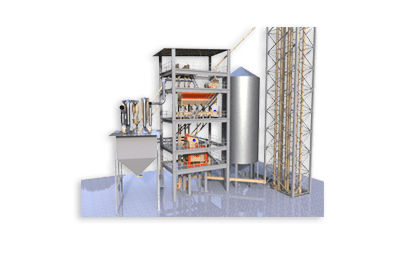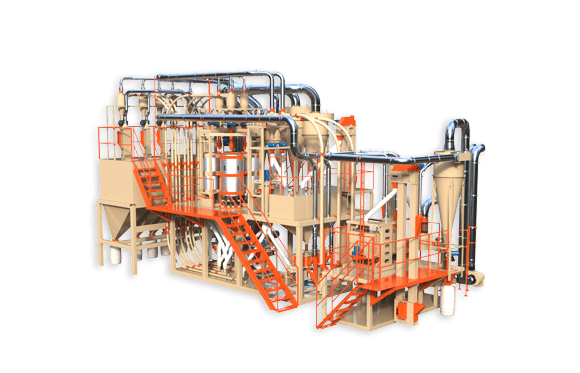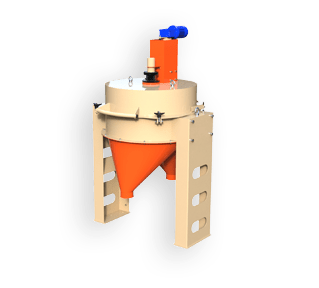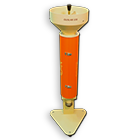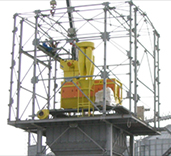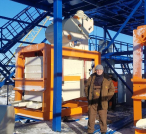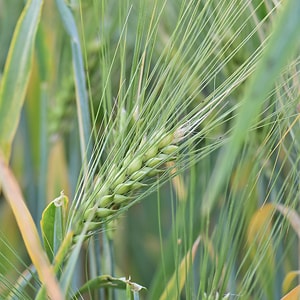All winter crops, including wheat, are planted in early autumn, form seedlings, then overwinter under the snow, and in early spring produce a harvest that ripens earlier than spring crops (planted in spring). Typically, the yield of winter crops is higher, and they have a longer shelf life.
In most cases, both types of crops are planted, since winter wheat also has its disadvantages – it is more demanding on soil, less drought-resistant and often has worse baking properties.
Features of winter wheat
Winter wheat requires good lighting, and at the same time tolerates excess moisture well. In winter, seedlings can withstand temperatures down to −25 °C if covered with snow. In its absence, frosts above −17 °C are undesirable.
To obtain a good harvest of this crop, the following conditions must be met when planting:
- if the soil is too acidic, it must be limed;
- the soil must be rid of precursor plant residues, since wheat has a rather weak root system;
- it is advisable to level the soil, get rid of steep slopes and lowlands;
- before planting, seeds require calibration, weed screening, and treatment with chemicals against pests and diseases;
- seed is planted to a depth of 3-5 cm, depending on the soil structure;
- after sowing, the soil surface is slightly rolled;
- sowing dates depend on the variety of winter wheat and climatic conditions.
Sowing dates for winter wheat
Usually this crop is sown in mid-September, on the 10th-20th. The exact timing depends on the properties of the particular variety and local climatic conditions. It takes approximately 55-60 days for planted seeds to go through the growing cycle before the first frost, so that the first 2-3 pairs of double leaves can form.
At the beginning of the optimal planting period, plantings should be sown after non-fallow predecessors and on poor soils. If there were fallow predecessors, or the soil is fertile, it is better to choose a late planting date to avoid the seedlings outgrowing by winter and being damaged by grain flies.
The timing of sowing is very important. Wheat planted too early begins to bush, gains increased above-ground mass by winter and tolerates the winter worse. It is also impossible to delay planting without a reason: the plant does not have time to bloom, form a developed root system, or gain resistance to harsh winter conditions.
You should focus on the optimal planting time based on the following factors:
- wheat variety;
- weather conditions typical for your region;
- soil moisture;
- predecessors.
By taking into account all these indicators, wisely selecting varieties and setting the optimal planting time, you can count on a high harvest.
Phases of wheat development
Winter wheat
Three main growth phases can be distinguished:
- preparatory;
- formation phase;
- formation phase.
The preparatory phase is the longest, it lasts from 2 to 6 months, approximately from September to March. At this time, the following stages of development occur: tillering, leaf formation, development of the root system.
The formation phase is the most important. At this time, the ear and stem, leaves, and deep root system are formed, and the plant emerges into the tube. This stage lasts from April to May, about 2 months, and is also called the active growth phase.
The formation phase lasts until August – harvest. At this time, the grains ripen and fill, flowering occurs and a supply of nutrients is formed. At this time, the data of the future harvest is determined: the weight of the grains and their number per square meter. m. It is very important to maintain the level of nitrogen reserves and ensure the safety of the flag leaf.
The duration of the phases of crop development can vary greatly depending not only on the climate of the region as a whole, but also on weather conditions in a particular year, average temperature, precipitation and other indicators.</p >
The timing of harvesting predecessor crops, accurate selection of varietal material, and pre-sowing tillage are also important. This determines when winter wheat will germinate, and the onset of each growth phase can vary significantly.


